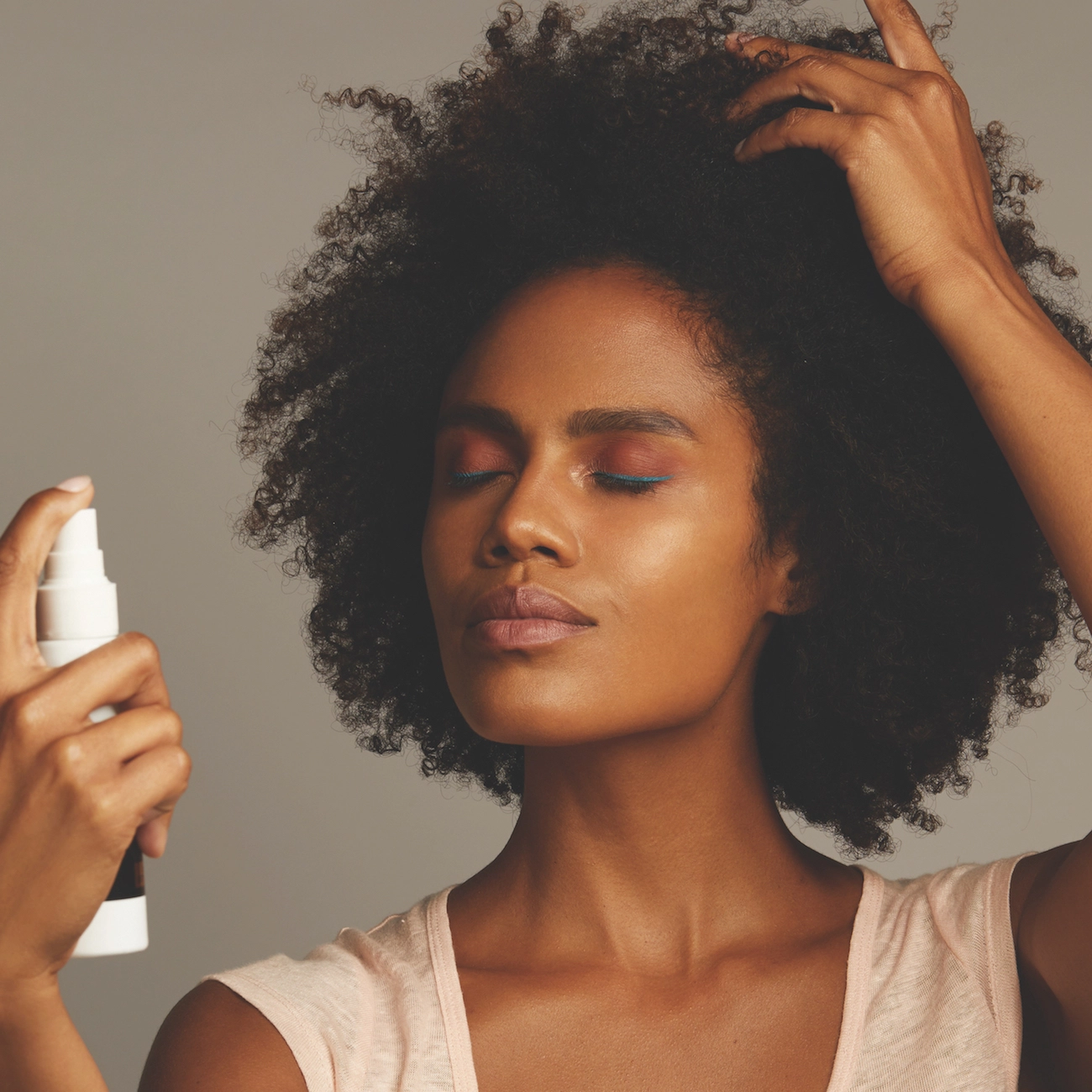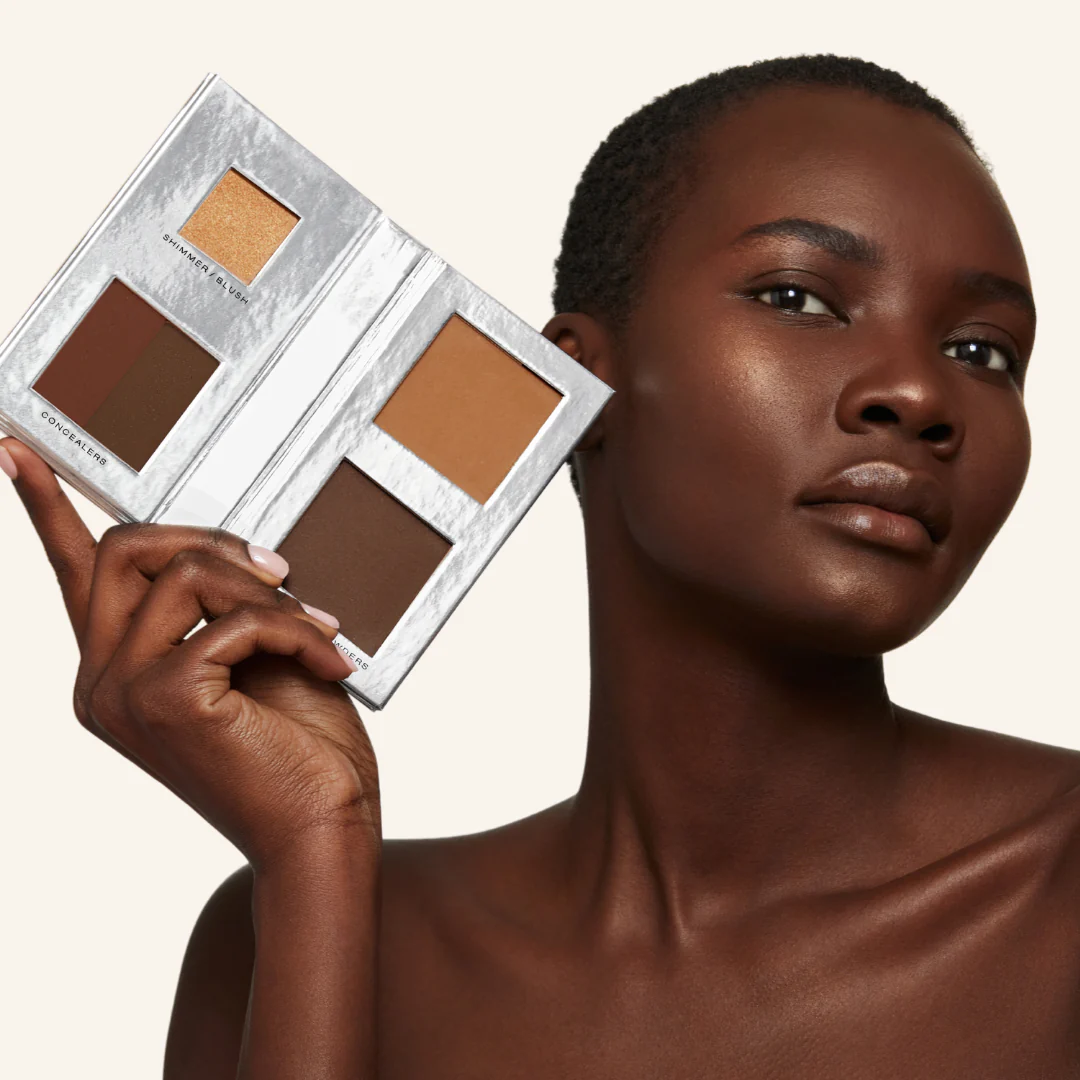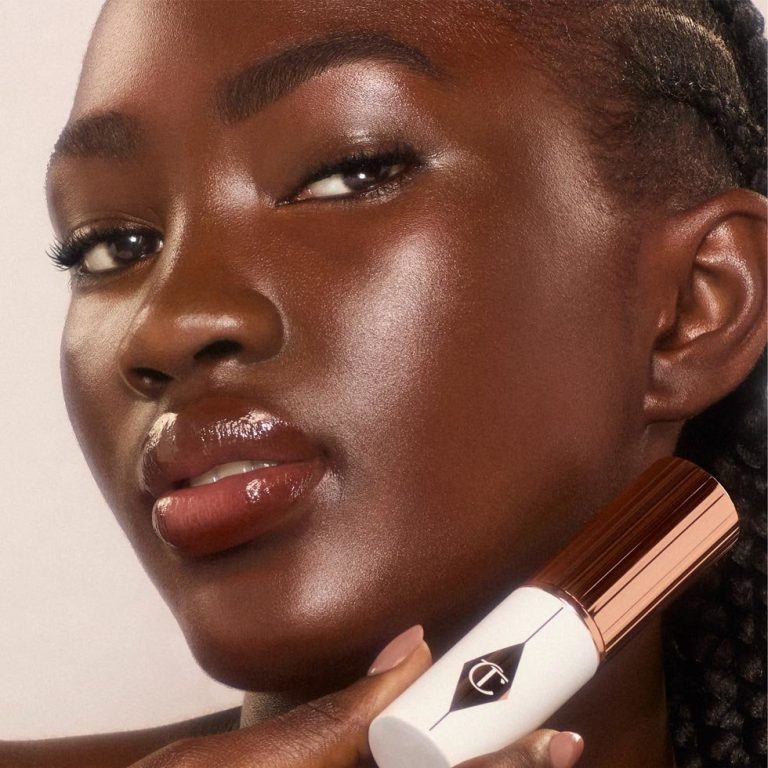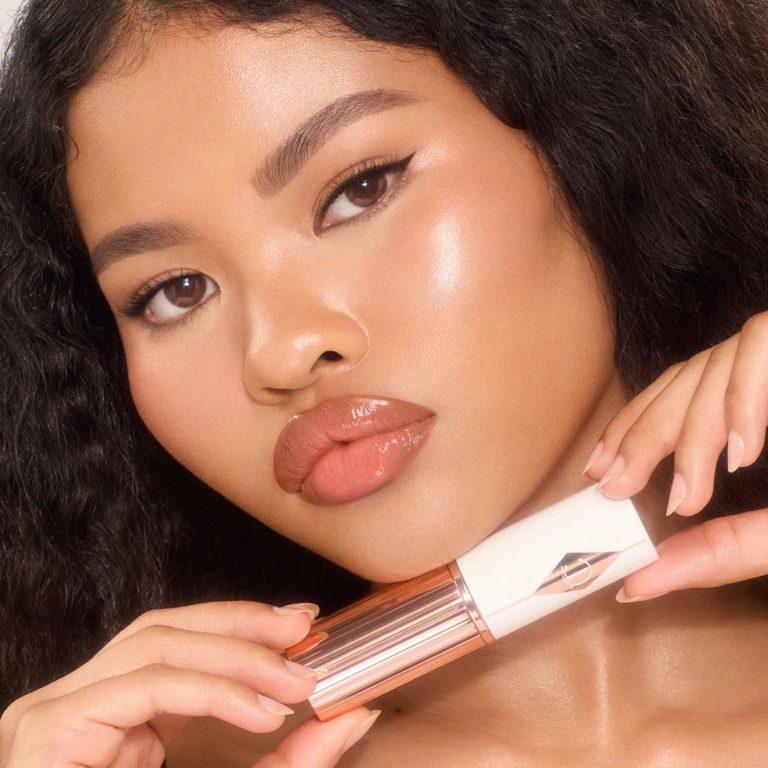
Foundation vs Concealer: Which To Apply First?
Introduction to Foundation and Concealer
Skin-perfecting makeup starts with two key products: foundation and concealer. Understanding each product’s purpose, benefits, and how they work together can transform your beauty routine.
Foundation: The Basics and Benefits
Foundation acts as a skin canvas, evening out tone and creating a smooth base for makeup application. Its benefits include:
- Offering an even skin tone.
- Providing a base for other makeup.
- Reducing the appearance of blemishes.
- Sometimes containing SPF to protect from sun damage.
Regardless of whether it’s a powder, cream, or liquid, choosing a foundation that matches your skin is vital.
Concealer: The Cover-Up Essential
Concealer targets specific skin issues like dark circles, spots, and scars. Key points to know about concealer include:
- It’s designed to cover imperfections.
- Concealer comes in different shades for color correction.
- It works with foundation to create a flawless finish.
- Can be used to contour and highlight features.
Knowing how to use concealer can make a huge difference in the appearance of your skin.

Choosing the Right Foundation
Choosing the right foundation is crucial for a flawless makeup look.
Understanding Coverage Levels
When picking foundation, consider how much coverage you need. Options range from sheer to full coverage. Sheer coverage lets your skin’s natural character show through, while full coverage aims for a more uniform look. Your choice might change based on time of day or personal skin confidence.
Selecting Your Shade and Undertones
A great shade match is key for a natural look. Test foundation on your jawline, not your hand, for best results. Watch for changes after it sets to ensure the right match. Know your undertone, too. Silver jewelry suits cool undertones, gold is for warm, and both mean neutral.
Matching Foundation with Your Skin Type
Your skin type should guide your foundation choice. Dry skin may flake under heavy foundation, and oily skin might not hold lightweight formulas well. Find a balance to avoid makeup mishaps.
Selecting the Perfect Concealer
Choosing the right concealer requires careful consideration of its texture and purpose. Assess texture based on where you’ll apply it. Thicker concealers handle blemishes well, while lighter ones suit under-eye areas. Consider concealers with hydrating properties for dry areas.
Assessing Concealer Consistency
Concealer consistency is key to targeted coverage. For spots or scars, go for thicker, creamy textures that stay put. Under-eye concealers should be lighter, fostering easy blending without settling into lines. Look for a consistency that complements your skin type and the coverage need.
Color Correcting Techniques
Color correcting plays a crucial role in concealing. Use peach or orange shades for under-eye darkness. Green neutralizes redness from pimples or rosacea. Apply correctors under your concealer for maximum effect while blending seamlessly.
Concealer for Different Skin Imperfections
Concealers tackle various skin issues. For dark circles, opt for a shade lighter than your skin. Camouflage hyperpigmentation with a pigmented formula. Use a precision applicator for small blemishes. Remember, the right concealer enhances your makeup without drawing attention to what you’re covering.

Application Techniques
For a flawless makeup look, it’s vital to master the proper application techniques for both foundation and concealer.
Foundation Application Steps
- Start with a clean, moisturized face to create a smooth canvas.
- Apply a makeup primer to help foundation adhere and last longer.
- Use a brush or sponge to dot foundation onto the center of your face.
- Blend outward with a makeup sponge or brush for even coverage.
- Ensure the jawline and neck are blended well to avoid harsh lines.
- Allow the foundation to set before moving on to other products.
How to Apply Concealer Effectively
- After foundation, identify areas that need extra coverage.
- Use a concealer brush or fingertip to apply concealer on blemishes or dark spots.
- For dark circles, apply in a triangular shape beneath the eye and blend softly.
- Tap gently to blend into the skin without rubbing or smearing the product.
- If needed, apply a setting powder to lock the concealer in place.
- Layer additional concealer only if necessary, to maintain a natural look.
By following these steps, you can achieve a seamless and lasting makeup application.

Pros and Cons of Applying Foundation First
Why Foundation Should Be Your Base?
Applying foundation first sets an even base for your entire face. It helps minimize skin flaws and gives a consistent backdrop for the rest of your makeup. Many makeup artists suggest starting with foundation as it can lessen the amount of concealer needed later. When you apply foundation before concealer, you avoid overcorrecting with concealer. This way, you use the right amount and prevent a cakey appearance. Also, foundation first can make concealer stay put better since rubbing foundation on already applied concealer may shift it around.
Experts often find that foundation serves as a canvas. It helps mask general redness and minor imperfections with ease. This step reduces the need for heavy concealer use. If your skin is mostly clear, you might find less concealer is required after a foundation application. Foundation before concealer can simplify the makeup routine and improve the overall look.
Addressing Specific Makeup Concerns
Applying foundation ahead of concealer can be especially useful when working with specific makeup styles. For smoky or dramatic eyes, foundation first acts as a safeguard. It avoids ruining concealer with eyeshadow fallout or smudges. If imperfections remain after the foundation, you can spot-apply concealer for precise coverage. This method can save product and time. Remember, foundation shapes the initial coverage layer, and concealer refines it. Each step has its own role. Foundation evens, while concealer details.
Moreover, choosing foundation first allows for targeted touch-ups. It’s useful when dealing with areas that need more attention, like discoloration, scars, or active breakouts. By laying down a uniform base, you make these issues less prominent. Then, concealer comes in to perfect your complexion where needed without the need to reapply repeatedly.
In conclusion, starting with foundation can be a strategic move. It brings out a balanced complexion and sets the makeup routine on the right track. Next, we will look into the reasons some may argue for concealer as the starting point.
Pros and Cons of Applying Concealer First
Let’s explore why some choose concealer before foundation.
Case for Concealer as the Initial Step
Starting with concealer can target dark circles early on. It lets you brighten under-eye spots before evening the whole face. Some find applying concealer first reduces foundation use. This means less makeup, a lighter feel. Also, it can work as pre-correction, minimizing heavy color-correcting later. Covering intense discoloration before foundation can lead to a fresher look. It’s handy when you want rapid spot coverage, especially if not using much foundation elsewhere. Concealer first might simplify reapplications, keeping the rest looking untouched.
Situations That Call for Concealer Before Foundation
Concealer first can help when color-correcting dark under-eye circles. It prevents them from showing through foundation. If you have major redness from acne or scars, a first-step concealer can help. On days with minimal makeup, spot-concealing might be all you need. Dark spots or intense pigmentation often stand out even after foundation. By addressing these first, you secure a smooth texture for subsequent layering. For tricky spots, starting with concealer means precise application and less blending trouble later.
In conclusion, while many experts recommend foundation first, concealer can start your routine when tackling severe blemishes or when preferring light makeup. Adapt the sequence to your skin’s needs, for the best possible finish.

Final Tips and Tricks
To lock in your makeup, follow these tips and tricks for a flawless finish.
Using Primer for Lasting Effect
Primer preps the skin, creating a smooth canvas. Apply primer before foundation and concealer. This helps makeup stick better and last longer.
Mastering the Art of Layering
Layer makeup lightly, beginning with the thinnest textures. Start with liquid or cream foundation. Add concealer, then set with powder if needed. This avoids a heavy look.
Adapting to Seasonal Skin Changes
Your skin changes with the seasons. Use a more moisturizing foundation in winter. In summer, switch to a lighter formula or one with SPF. This keeps your skin healthy and makeup fitting just right.
Conclusion
In conclusion, whether to apply concealer before or after foundation ultimately depends on your desired makeup look and skin type. If you’re aiming for a natural finish that tackles minor imperfections, applying concealer first can be highly effective. This method allows you to target specific areas like blemishes or dark circles without losing coverage when you layer on foundation. The concealer acts as a precise tool, creating a flawless canvas upon which the foundation can blend seamlessly.
On the other hand, applying concealer after foundation often works best for those with more significant skin concerns. By laying down your foundation first, you can assess the coverage and determine whether additional concealer is necessary. This method also prevents you from overapplying product in areas that may not require it, maintaining a more lightweight feel to your makeup. Transitioning from a full base to precise concealing helps achieve that sought-after airbrushed look.
Moreover, experimenting with both techniques can lead to discovering what works best for your unique features and skin tone. Remember, makeup is a personal journey, and there are no strict rules. Use the techniques that make you feel most confident and beautiful. As trends evolve and personal preferences shift, be open to adapting your routine. Ultimately, whether you choose to don your concealer before or after foundation, the key is to blend well and embrace your individuality.
By staying mindful of techniques and products that suit your skin, you can create stunning looks that enhance your natural beauty. So, go ahead and explore! Your perfect makeup combination awaits.

